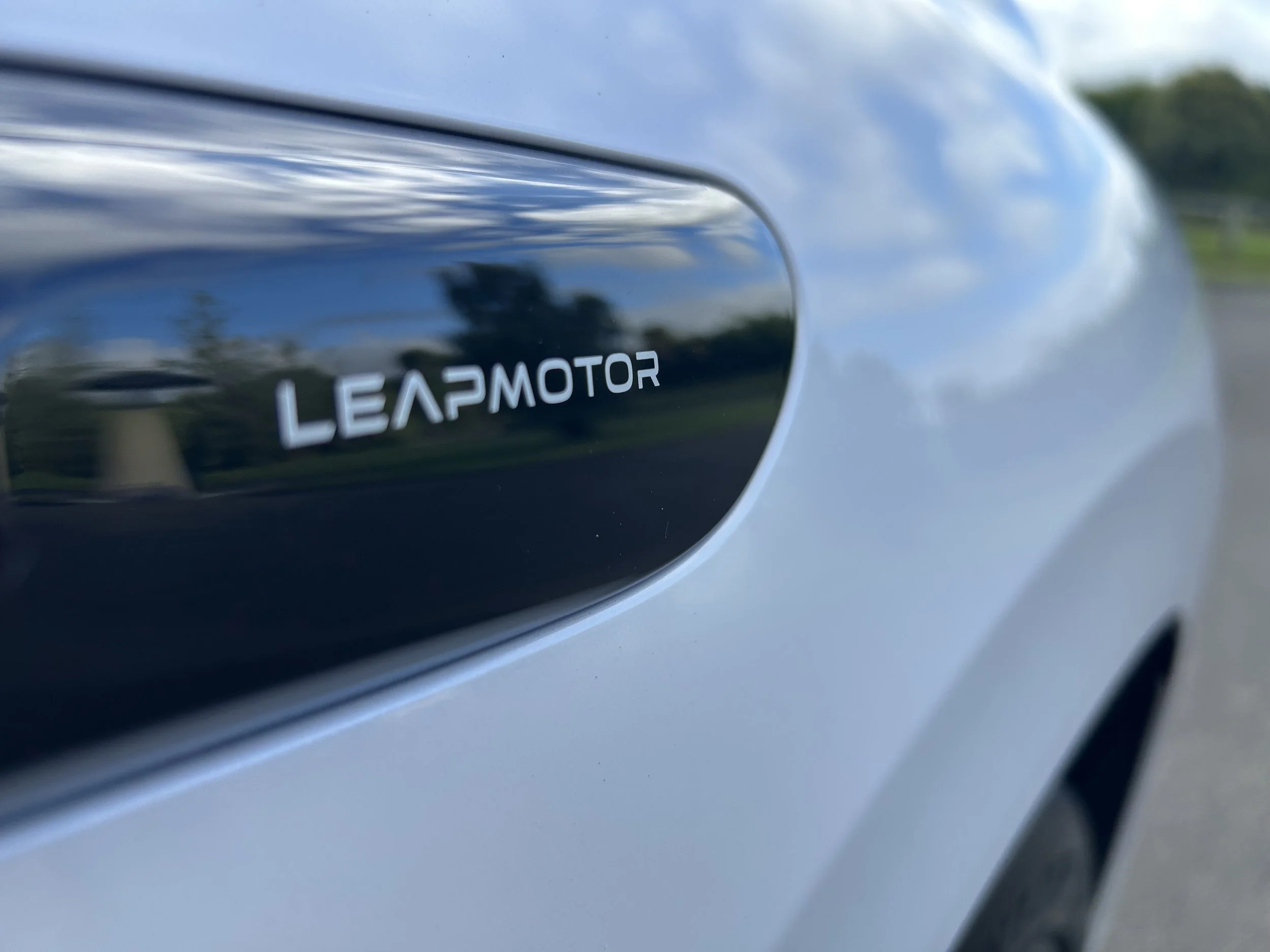New vehicle sales set to comfortably beat 2016 record
/The national desire for new vehicles has already hit unprecedented level, but the best has yet to come, the market leader says.
EXPECTATION the new vehicle market will reach 157,000 units this year – an 11,000 unit lift over the record 2016 tally – has been voiced by the country’s dominant brand.
Toyota New Zealand reckons the major drivers for further growth will come from the two sectors that have already shown incredible growth – one tonne utilities, which despite an emergent role as family recreational vehicles are categorised as commercials, and sports utilities.
It believes its own Hilux, the top-selling traydeck for 32 years until being beaten by Ford Ranger two years ago, will achieve more than 7000 registrations this year and also cites that Toyota SUVs will achieve more than 9000 units, up from a 6200 tally in 2016.
This forecast comes from TNZ sales and operations manager Steve Prangnell.
Speaking at an event today previewing the mid-life update for the Highlander, the brand’s second-best selling SUV after the RAV4, he says early prediction from the car industry that 2017 might bring a cooler sales scene has already proven erroneous.
“After topping 146,000 last year, we, along with most of the industry, were predicting growth to slow to a more conservative two to three percent, so we were picking a 150,000 unit market,” he said.
“But no-one saw the continued strength, and our seasonally adjusted annual rate predictive model has the market running at 157,000 (units).”
That’s a further seven percent increase on last year’s record.
The Palmerton North domiciled brand, which with 16.8 percent market share year to date in running comfortably at No.1, says the factors for growth have not changed.
“The economy keeps delivering,” Prangnell says. “Tourism is booming, immigration stays strong, and NZ keeps adding infrastructure to support it all.
“I think we’re all aware that 2016 was a further continuation of the market momentum that has been apparent since 2011 when the market jumped 20 percent from the mid 1980s to over one hundred thousand units in 2012.”
It then continued to increase at 12 to 13 percent per year until 2015, then surged again last year by a further 9.5 percent to reach 146,734, a third consecutive year of record market count and up 110 percent since the Global Financial Crisis of 2009.
In 2016, Toyota and Lexus sales were up two percent as the conjoined brands recorded their fifth consecutive sales record, reaching 27,501 registrations for the year.
“Both our brands broke previous sales records,” Prangnell attested.
Even though the Toyota Hilux was the country’s second-best selling utility and easily overshadowed by the Ford Ranger for a second consecutive year, it still achieved a landmark for Toyota by being the primary driver for increasing its commercial presence.
Hilux sales also stretched past 6000 units for the first time.
Toyota also had three models in the top 10 - Corolla, Hilux and RAV4 - was first overall in sports utilities and Camry retained top dog status in the medium sedan segment, though that is a fast-diminshing sector.
Hiace monstered the van category with nearly 40 percent segment share. Toyota and Lexus also dominated the hybrid sector, with a combined volume of 1355 units.
“In terms of 2017 and the market, it’s business as usual as normal transmission resumes and the market keeps climbing.”
However, Prangnell agrees it’s not just Toyota that is doing well. Some competitors are also pulling on the heat.
Latest sales results, for February, suggest other brands are pushing for more business.
“Holden lifted their volume on the back of increased rental sales, and Ford continue to push Ranger,” Prangnell noted.
“Mazda, Mitsubishi and Nissan have also benefitted from additional rental sales, with Mazda outselling its previous parent Ford in passenger car sales, and you can see Suzuki hard on their heels as well.”
Prangnell said it was also of interest that Honda was now outside the top 10 performers for the first time in years.

















